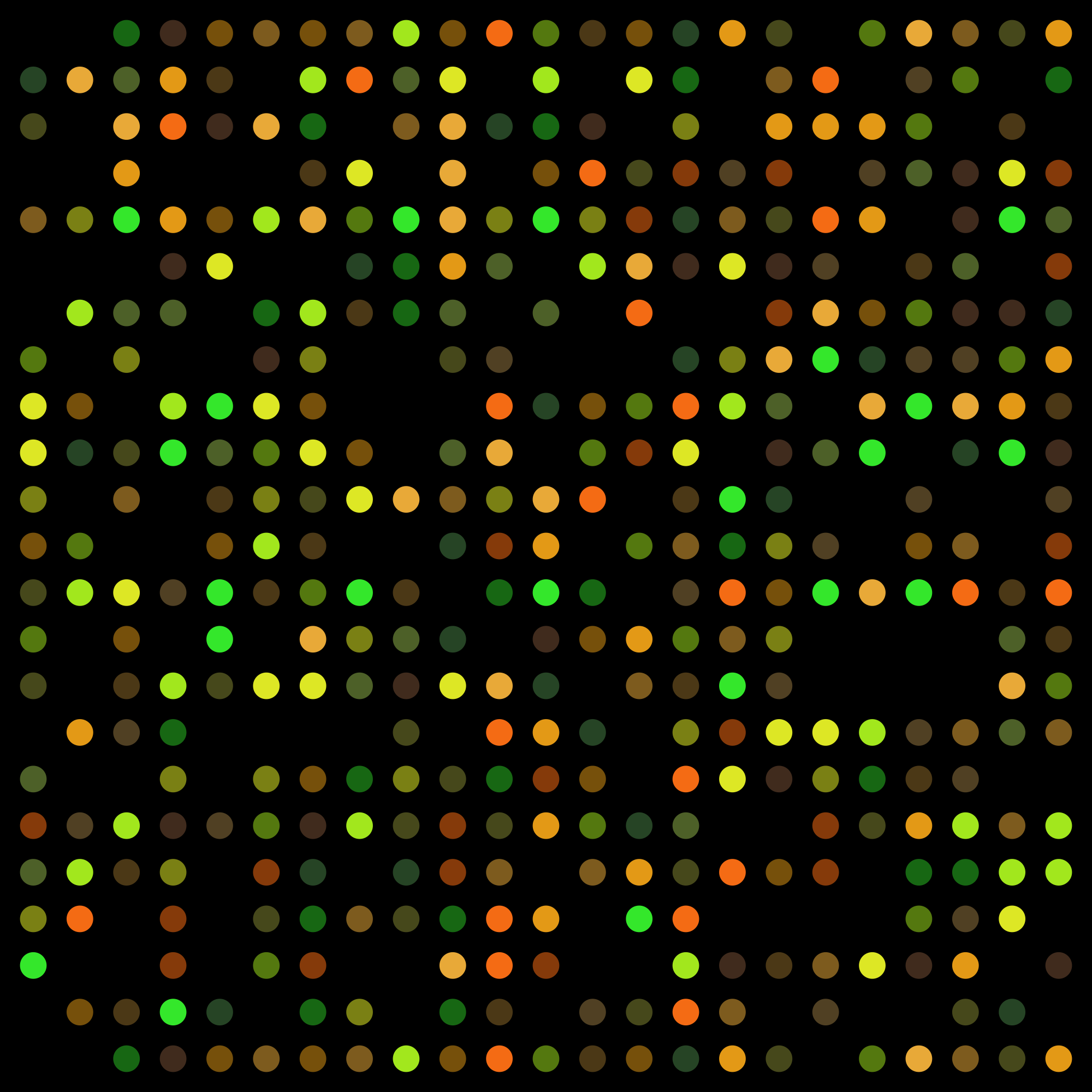Background
In synthetic biology, one of the main tasks is to rewire cells at transcription level to function as we desire. Novel synthetic promoters are fundamental tools to reprogram the cells transcription. Although a couple of synthetic promoters which recognize orthogonal signals have been developed, novel synthetic promoters recognizing endogenous signals, such as endogenous transcription factors, are still highly demanded. However, designing of synthetic promoters based on transcription factor binding sites (TFBS) derived from traditional position weight metrics (PWM) cannot achieve the accuracy as orthogonal promoters do. This is partially due to the cross binding of TFBS to a group TFs with similar DNA binding domain (DBD), but different transcriptional activities. Several group have conducted some analysis to understand the mechanism that govern th specificity of TFBSs in yeast and mammalian cells1. These analyses indicated that 1) TFs with similar DBD can bind to a set ofendogenous promoters exclusively. 2) mechanisms other than chromatin accessibility contribute to the differential in vivo DNA binding by TFs. 3) the flanking sequences outside the TFBS core motif are elements influence the TFs binding specificity. 4) DNA features, such as groove width, can be computed from its sequences and may underlie the mechanism by which TF bind to a
selective TFBS1-3. In this proposal, we are intended to identify a set of DNA sequences which can “insulate” designated TFBS from cross binding. We will start from identify exclusive TFBSs (including core motif and flanking sequences) for a group of TFs with similar DBD, following by analysis of features in the flanking sequences before creating “insulate” sequences for a designated TF. Finally, we will validate these “insulate” sequences in experiment.
Output
1) a set of “insulate” sequences to increase TFBS specificity (open source, exchangeable DNA element).
2) an optimized algorithm for identifying insulate sequences in plants (open source, software)
If you are interested in collaborating on this project, please contact Yaomin Cai.
References
1. Gordân, R. et al. Genomic Regions Flanking E-Box Binding Sites Influence DNA Binding Specificity of bHLH Transcription Factors through DNA Shape. Cell Rep. 3, 1093–1104 (2013).
2. Zhou, T. et al. Quantitative modeling of transcription factor binding specificities using DNA shape. PNAS. 122:15, 4653-4659 (2015)
3. Zhou, T. et al. DNAshape: a method for the high-throughput prediction of DNA tructural features on a genomic scale. Nucleic Acids Research. 41:W1, W56-W62 (2013)

